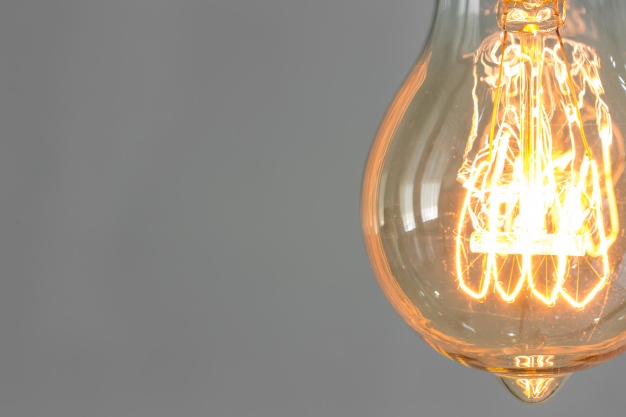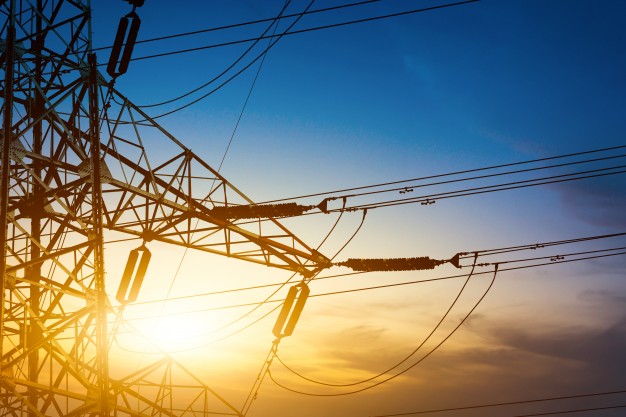The US department of energy says that three units of energy are used to produce 1 unit of usable electricity. This means the loss of a significant proportion of energy in traditional power plants as there were no heat converters installed in them earlier. However, most power plants are shifting to saving energy, and there is a significant change in the way waste heat is used.
Proper machines are used to convert that waste heat into usable electricity, and then it’s added to the main supply lines of powerhouses. A convertor-boiler is used to accumulate the excessive heat from a plant’s kiln/chimney, which is later reversed to the generator to produce electricity. Although not all heat waste is being saved, this is still a significant area of development. Keeping fossil fuels from going to waste and running the power plants to their full capacity can save a considerable portion of the budget and positively impact the environment.

Here are the main advantages of waste heat’s usage
Low fuel costs
As per estimations, there is more waste heat in the US’s power plants than the usable quantity. This statement indicates that if the existent energy is used wisely, a plant’s energy requirements can be significantly slashed. Let’s say an energy-generating company used 10 liters of oil to produce 1000 watt electricity while losing 300 watts in the form of waste heat.
When those 300 watts are collected and added to the generators again, the percentage of waste reduces to 70%. When applied to large scales, this technique can become the next big thing in the power sector.
No transportation required
Since the waste heat will be treated in the same plant, no transportation would be needed. The waste heat is collected from the chimneys of a production unit and then supplied to its small-scale generators; there’s no transportation required. An approved set-up for electricity generation can help companies cut their energy costs and become self-sufficient at later stages.
Emission-free energy generation
Hazardous emissions destroy the environment and cost a lot as well, especially when we talk about large-scale companies. However, using excessive heat can considerably reduce a plant’s emission ratio and make it environment-friendly. Reduced emissions mean a better environment and improved air quality as well.
Reduced risk factor
When a company has two sources of energy, the risk factor significantly reduces. In case of a power failure or on-sight accidents, the plant won’t stop working, and its products will be steady. Moreover, the dependence on secondary sources for energy supply can be controlled when a plant uses its full potential.
Not wasting an ounce of reusable energy should be the pledge of all significant electricity producers, and using waste heat is the first step for this purpose. Although specialized machinery is required for this conversion, the reduction in fuel costs makes it worth it. Reducing carbon emission and adopting a sustainable approach is possible when most factories/production units start contributing to electricity generation.















